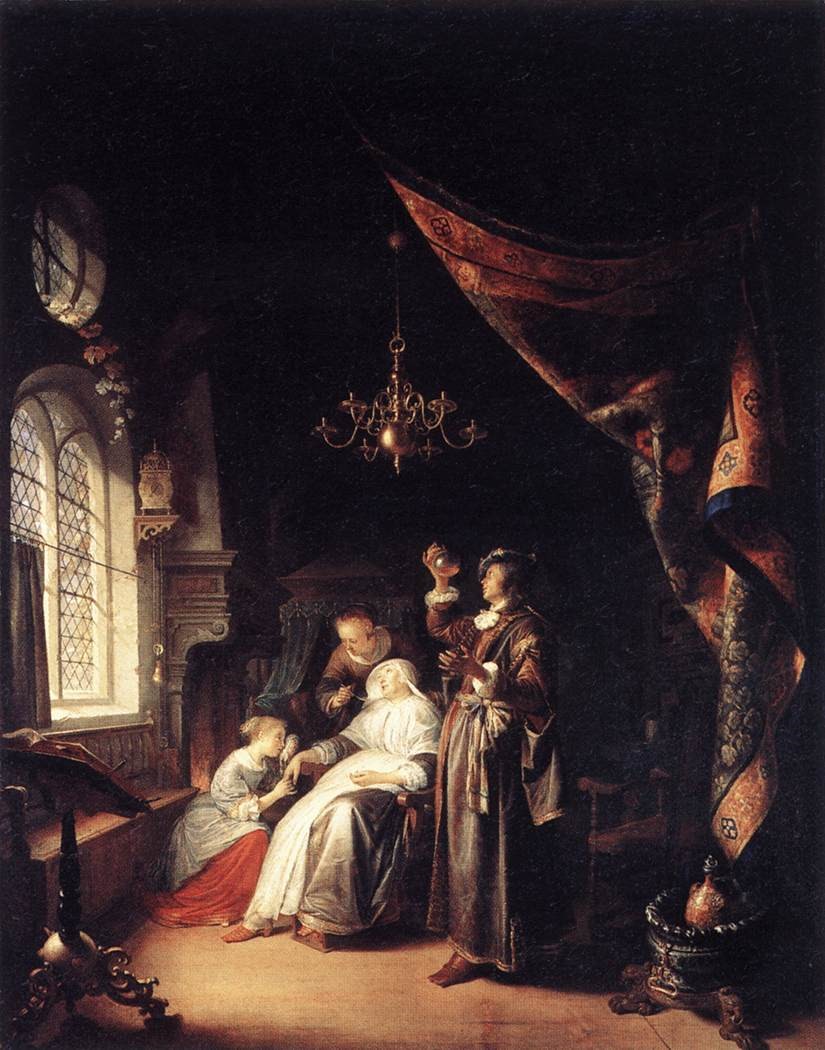
The growth of interest in Dutch and Flemish painting in eighteenth-century Paris has been a subject of considerable interest and research by recent scholars such as de Marchi and van Miegroet, Michel, Thomas and Barbara Gaehtgens, to mention only a few. What is of exceptional interest in this study by Darius Spieth is the detailed understanding of the workings of the art market in Paris from the Ancien Regime up to the 1830s. The book concentrates on the career of Jean Pierre Lebrun, and as such is rich in detailed accounts of individual sales and purchases during this period in the market as well as Lebrun’s negotiations and government acquisitions under the Revolution.
Another fascinating discussion is on the taste for Netherlandish painting as evidenced by the Orleans collection. Usually rather a neglected aspect of the Orleans collection, the author analyses in some detail their subject matter, arguing that the concentration on libertine subjects reflects the Regent’s particular taste. The points made are interesting, but perhaps underplays the role that mythological subjects had played in secular collections of Italian as well as Flemish paintings from the seventeenth century. It is perhaps rather curious to deal with this collection, formed primarily in the early eighteenth century after, rather than before analysing the Revolutionary sales. It underlies the difficulties in discussing the taste rather than the market for these paintings.
Taste is taken up in the last chapter, entitled ‘A History and Taste and Money across Three Centuries’, which Spieth uses to conclude his book, emphasizing that after the Revolution, Netherlandish art was made acceptable and old value judgments were revised. As the discussion throughout the book shows, however, the taste and market for Dutch and Flemish paintings was complex; Italianate Dutch paintings, as with works by Rubens, certainly were one aspect of the eighteenth-century market, reflecting perhaps the replacement of difficult to find Italian paintings, with easier and more accessible Dutch paintings. However, the eighteenth-century collectors also acquired genre paintings by Ostade, Steen and Teniers of a far more earthy type: so, was it the Revolution that gave these their value? This is an important addition to the literature on the art market in Paris, covering a new area of the subject and linking the taste for Dutch and Flemish paintings of the eighteenth century to that of the later-nineteenth.
Adriana Turpin, 2018.
